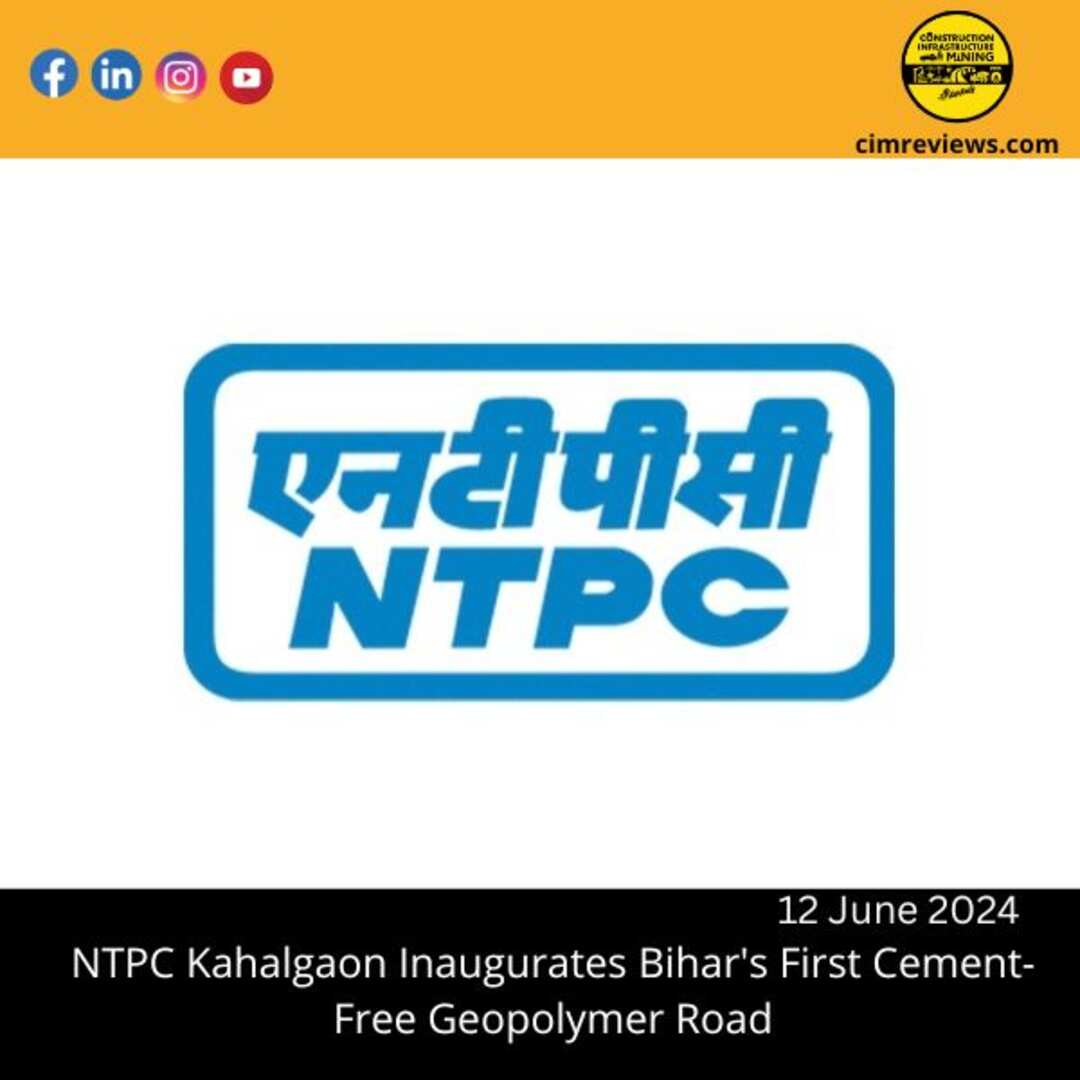Bihar’s first geopolymer road, a 2.9 km stretch built without cement, was opened by NTPC Kahalgaon. This innovative concept combines chemicals like sodium hydroxide and sodium silicate with 2,000 MT of fly ash and ground granulated blast furnace slags (GGBS) from steel factories.
The environmentally friendly road encourages the sustainable use of industrial waste and lowers greenhouse gas emissions.In a significant advancement for sustainable infrastructure.
NTPC Kahalgaon inaugurated Bihar’s first cement-free geopolymer road on World Environment Day, June 5, 2024. This 2.9-kilometer stretch exemplifies innovative construction practices by utilizing industrial byproducts, thereby reducing environmental impact.
Project Overview
The newly constructed road is a testament to eco-friendly engineering, employing approximately 2,000 metric tons of fly ash—a residue from coal combustion in power plants—and Ground Granulated Blast Furnace Slag (GGBS) sourced from steel manufacturing.
These materials were activated using chemicals such as sodium hydroxide and sodium silicate to form the geopolymer binder, effectively replacing traditional cement in the concrete mix. This method not only diverts industrial waste from landfills but also significantly lowers greenhouse gas emissions associated with cement production.
Inauguration and Significance
The project was inaugurated by Shri Ajay Sharma, Head of Project at NTPC Kahalgaon, who emphasized the environmental benefits and potential for this technology to revolutionize construction practices in the region. The initiative aligns with NTPC’s commitment to environmental stewardship and sustainable development, showcasing a viable pathway for infrastructure projects to minimize their carbon footprint.
Technical Details
The construction process involved creating two layers of geopolymer concrete: a lean concrete (LC) base of M10 grade and a pavement quality concrete (PQC) surface of M40 grade. The geopolymer mix design was meticulously developed to ensure the road meets stringent performance criteria, including durability and load-bearing capacity. The absence of cement in the mix not only reduces CO₂ emissions but also enhances the chemical resistance and longevity of the pavement.
Environmental and Economic Impact
Utilizing fly ash and GGBS in road construction addresses the dual challenge of managing industrial waste and reducing reliance on energy-intensive cement production. Fly ash, a byproduct of coal-fired power plants, and GGBS, derived from steel manufacturing,
often pose disposal challenges. Incorporating these materials into geopolymer concrete offers a sustainable solution, transforming waste into valuable construction resources. Moreover, this approach can lead to cost savings in large-scale infrastructure projects by reducing material costs and enhancing the lifespan of the roads.
Group Media Publication
Construction, Infrastructure and Mining
General News Platforms – IHTLive.com
Entertainment News Platforms – https://anyflix.in/
Legal and Laws News Platforms – https://legalmatters.in/
Podcast Platforms – https://anyfm.in/





